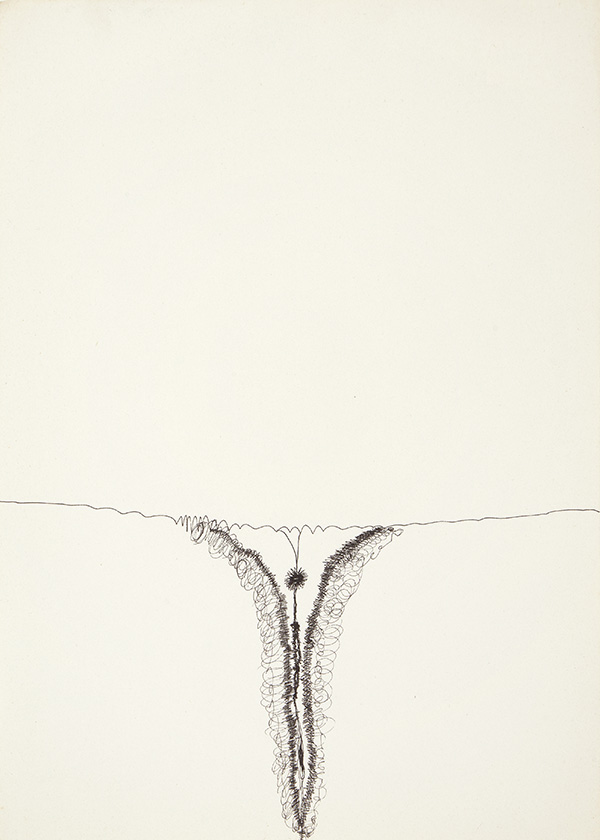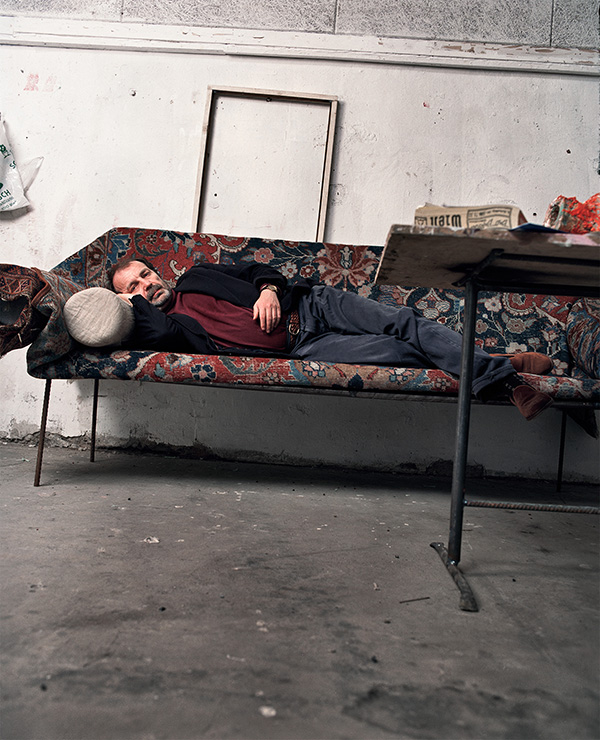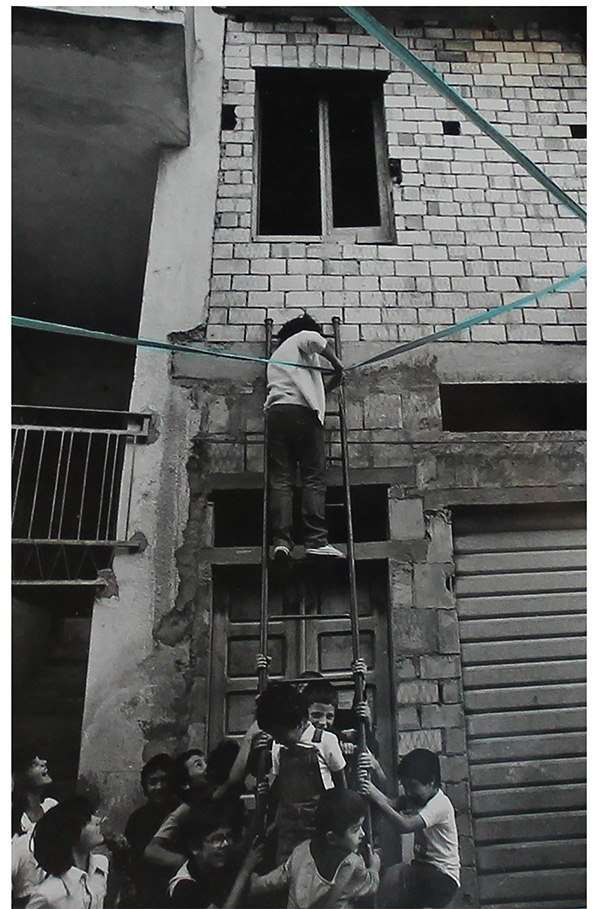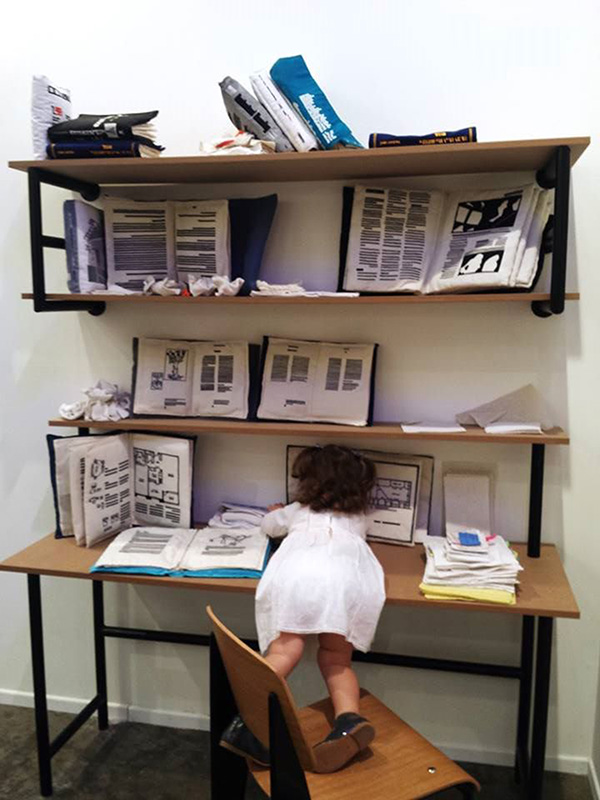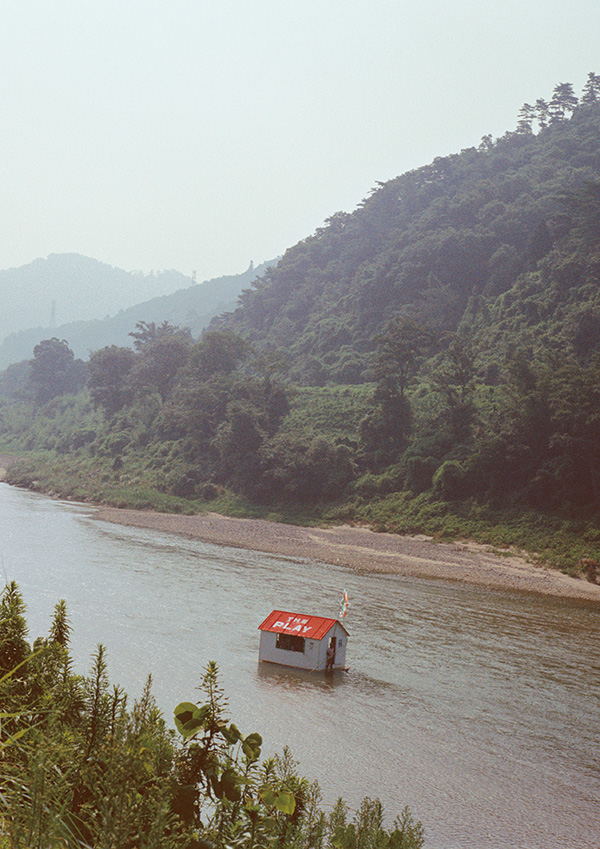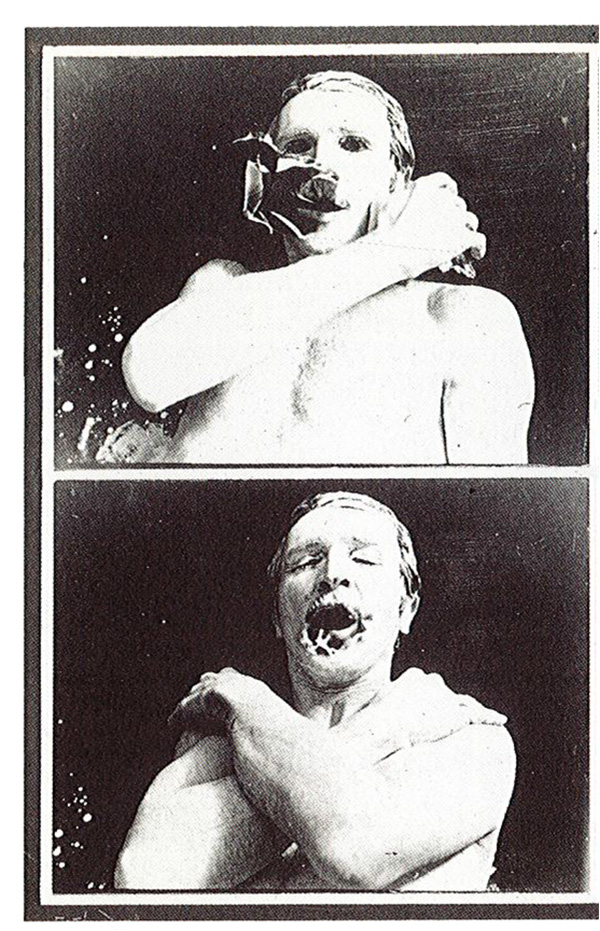BIENNALS:Viva Arte Viva-The Arsenale at 57th Biennale di Venezia, Part III
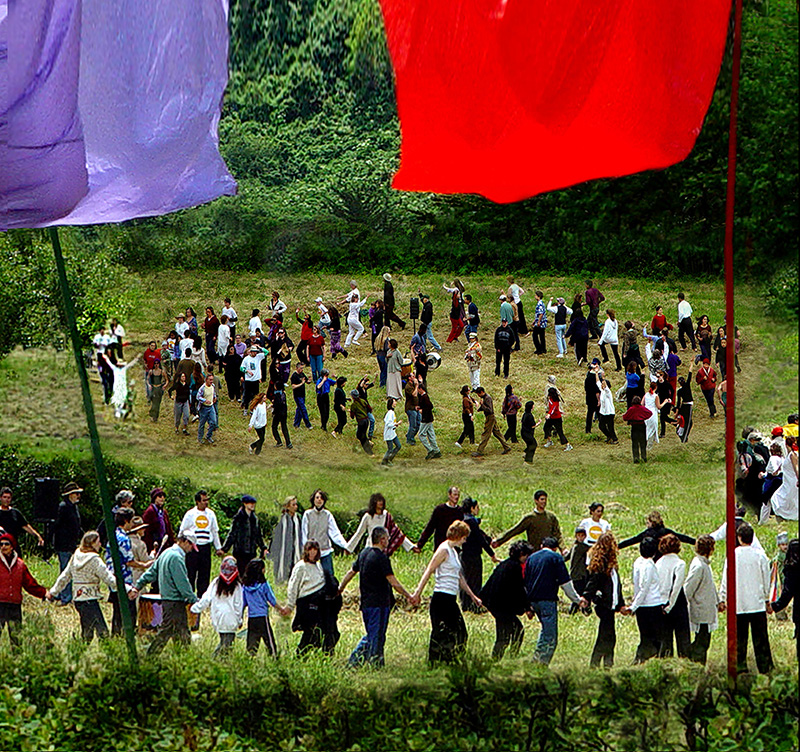 For over a Century the Venice Biennial has been one of the most prestigious cultural institutions in the world. Ever since its foundation in 1895, it has been in the Avant-Garde, promoting new artistic trends and organizing International events in the contemporary art in accordance with a multi-disciplinary model, which characterizes its unique nature (Part I, Part II)
For over a Century the Venice Biennial has been one of the most prestigious cultural institutions in the world. Ever since its foundation in 1895, it has been in the Avant-Garde, promoting new artistic trends and organizing International events in the contemporary art in accordance with a multi-disciplinary model, which characterizes its unique nature (Part I, Part II)
By Dimitris Lempesis
Photo: Biennale di Venezia Archive
Today opens the 57th Biennale di Venezia, the title of the main exhibition is “VIVA ARTE VIVA”, the exhibition also includes 87 National Participations in the historic Pavilions at the Giardini, at the Arsenale and in the historic city centre of Venice. Four countries will be participating for the first time: Antigua and Barbuda, Kiribati, Nigeria and Kazakhstan (for the first time with its own national pavilion). Also for this edition, are selected Collateral Events promoted by non-profit national and international institutions, they present their exhibitions and initiatives in Venice during the 57th Exhibition. “VIVA ARTE VIVA”, offers a route that unfolds over the course of 9 chapters or families of artists, beginning with two introductory realms in the Central Pavilion, followed by another seven across the Arsenale through the Giardino delle Vergini. 120 are the invited artists from 51 countries, 103 of these are participating for the first time. The exhibition begins with “The Pavilion of Artists and Books” looks at ways of being an artist, the reasons, both good and bad for “making art” today, looking also with a hint of sarcasm at the art milieu itself. This pavilion gives us a glimpse of the artists’ studios, some of which increasingly resemble offices, warehouses or collective workplaces. The material and spiritual worlds of artists are unfolded in this pavilion. “The Pavilion of Joys and Fears” explores the relationship between the individual and his own existence, his emotions and feelings or the ones he tries to generate. In a world shaken by conflicts, wars, and increasing inequality that lead to populism and anti-elitism, subjective emotions resurface, now more than ever. Next on our journey, “The Pavilion of the Common” greets us in the Arsenale around the work of artists exploring the notion of the common world and the way to build a community, as a way to counter individualism and self-interests, which represent a worrisome threat in today’s troubling climate. This topic was particularly vibrant in the history of contemporary art from the late 1960’s through the 1970’s, and remains just as relevant to this day, although tarnished by the failings and disillusions of such utopian dreams. “The Pavilion of the Earth” is centred on environmental, animal and planetary utopias, observations and dreams. From communitarian utopias reminiscent of the ecological or esoteric ideas typical of the ‘70s, to current theories about the ties between climate and capitalist strategies, as well as individual fictions; all conjure both a sense of melancholy and a profound joy. “The Pavilion of Traditions”: Traditions that were once rejected in the 18th Century by the Enlightenment and later by secular modernity, have re-emerged in the worst sense, namely fundamentalism and conservatism, sparking rejection and nostalgia for the past believed to be better. However and in spite of the many hesitations experienced as part of modernity and its faith in the project of a new man, the past 30 years have provided the opportunity, in the field of art, to question tradition no longer from the point of view of customs and behaviours, often associated with religion or morality, but through the lens of dialogue between the old and the recent. In “The Pavilion of the Shamans”, many artists subscribe to the definition of the artist as a “shaman”, and there are also those who become “missionaries”, this figure, which Joseph Beuys made his own, from which few managed to recover, and was mostly -in retrospect- underestimated, takes on today a new dimension, at a time where the need for care and spirituality is greater than ever. This spiritual turning point, characterized by the concern for others and meditation, appeals sometimes to various philosophies, in particular Buddhism or Sufism. Other artists seek to exorcise and purify in a post-colonial context, banishing exploitation and slavery a posteriori. “The Dionysian Pavilion” celebrates the female body and its sexuality, life and pleasure, all with joy and a sense of humour, and features numerous works created by female artists. Drawings, costumes, geometrical paintings with erotic lines, organic sculptures and photographs reinvent the image of the female body, no longer seen through the gaze of desire but from within or from its edges. “The Pavilion of Colours”: According to neuroscientific studies, colours do not exist in themselves but are the result of a cognitive function performed by the human brain and eyes as they decipher reality. Colours thus appear to be a particularly subjective source of emotion, which calls to reconsider the relevance of the phenomenological approaches of art. With a fine balance between finesse and transparency, light and spirituality, haptic experience and visual explosion, loaded sometimes with anthropological, even political, connotations. “The Pavilion of Time and Infinity”: What form would a metaphysical approach to art take? Time as a flow of continuous mutations and impermanence that eventually lead to death, has inhabited the work of artists since the ‘70s, when Conceptual performance combined thoughts on the length of time and the inevitable fall. Reformulated by artists since the ‘90s at the time of “presentism”, or suspended time and “hyper-instantaneousness”, the notion of time re-emerges today with a new metaphysical quality, within borgesian mazes and speculations of a future that is already embedded in the present, or in an ideal infinity. In face of the lagoon, the artist disappears or reinvents himself as “improved”, through the power of hypnosis.
Info: Curator: Christine Macel, 57th Biennale di Venezia, Giardini and Arsenale, Venice, Duration: 13/5-26/11/17, Days & Hours: Giardini Tue-Sun 10:00-18:00, Arsenale Tue-Thu & Sun 10:00-18:00, Fri & Sat 10:00-20:00 (13/5-30/9/17), Tickets: 30€-14€, Permanent passes: 80€-40€, (more info), www.labiennale.org
